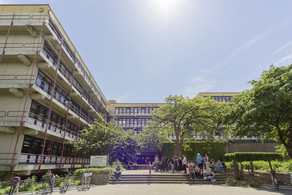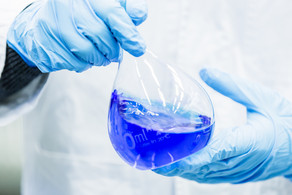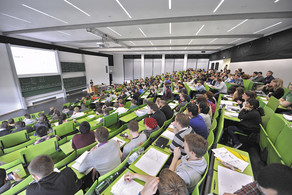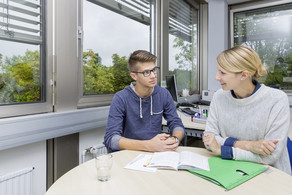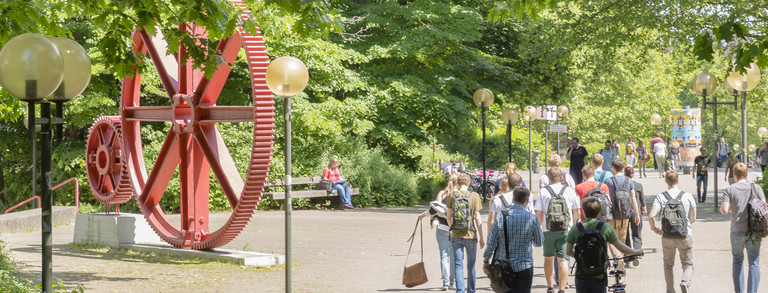Funding
08/2020-07/2022
Targetvalidierung: Herzschützendes Targeting von ERK (ERK-CASTing) - Kristallisation und Modelling des ERK-Peptid-Komplexes und Drug-Design
04/2020-03/2022
Erzeugung kovalenter Addukte zwischen Nukleotide und Proteinen: Anwendung als Werkzeuge und Modulatoren der Proteinaktivität
10/2019-09/2022
e:Med, BMBF-Forschungsverbund InCa
Ein systemischer Ansatz zur Untersuchung von heterotypischen Wechselwirkungen von Lungenkrebszellen mit ihrer Mikroumgebung -TP5: Chemische Modulation von Kinasen zur Aufklärung ihrer Funktion in der Krebsentstehung, -metabolismus und Entzündungsprozessen
01/2019-12/2021
Kompetenzzentrum für Innovative Diabetes Therapie - KomIT
02/2019-01/2022
Entwicklung neuartiger Wirkstoffe zur Inhibition der onkogenen Signalwege bei Tyrosinkinaseinhibitor-resistenten gastrointestinalen Stromatumoren
04/2018-09/2019
Drug Discovery Hub Dortmund am ZIW - Translation akademischen Know-hows in die Anwendung: Infrastruktur
European Regional Development Fond (EFRE) 2014-2020
„Investitionen in Wachstum und Beschäftigung“ Forschungsinfrastrukturen
04/2018-03/2021
Drug Discovery Hub Dortmund am ZIW - Translation akademischen Know-hows in die Anwendung - Proof-of-Concept (PoC)
European Regional Development Fond (EFRE) 2014-2020
„Investitionen in Wachstum und Beschäftigung“ Forschungsinfrastrukturen
09/2016-03/2019
Characterisierung kovalent-allosterischer Kinaseinhibitoren zum Targeting RAS-abhängiger Tumore
06/2016-05/2019
Entwicklung innovativer EGFR und ERBB2-Tyrosinkinasehemmer und molekularer Diagnostik der nächsten Generation für die präzise Behandlung von Tumorerkrankungen - EMODI
09/2014-08/2016
Überwindung erworbener Imatinib-Resistenz bei Gastrointestinalen Stromatumoren (GIST) durch gezielte Hemmung multiresistenter Mutationen der Aktivierungsschleife von KIT sowie Inhibition des Zellzyklus
01/2016-12/2018
Teilprojekt: Chemical Biology of multi-pathway Inhibition
e:Med, BMBF-Verbundprojekt SMOOSE Phase II
01/2014-12/2016
Teilprojekt: Chemical Biology of multi-pathway Inhibition
e:Med, BMBF-Verbundprojekt SMOOSE
07/2012–06/2014
Wirtschaftliches Forschungsprojekt mit Johnson & Johnson, Belgien
02/2012–01/2018
05/2012–04/2015
Entwicklung von Zweitgenerations-Tyrosinkinasehemmern und Diagnostik für die personalisierte Therapie von Patienten mit EGFR- und FGFR-abhängigen Tumoren (PerMed NRW)
Wettbewerb des Landes Nordrhein-Westfalen Personalisierte Medizin
05/2010–04/2013
Bilaterales Forschungsprojekt mit Merck Serono, Darmstadt und LDC
(gefördert im Rahmen der BioPharma Initiative, BMBF)
12/2009–11/2011
Wirtschaftliches Forschungsprojekt mit Merck Sharp & Dohme

